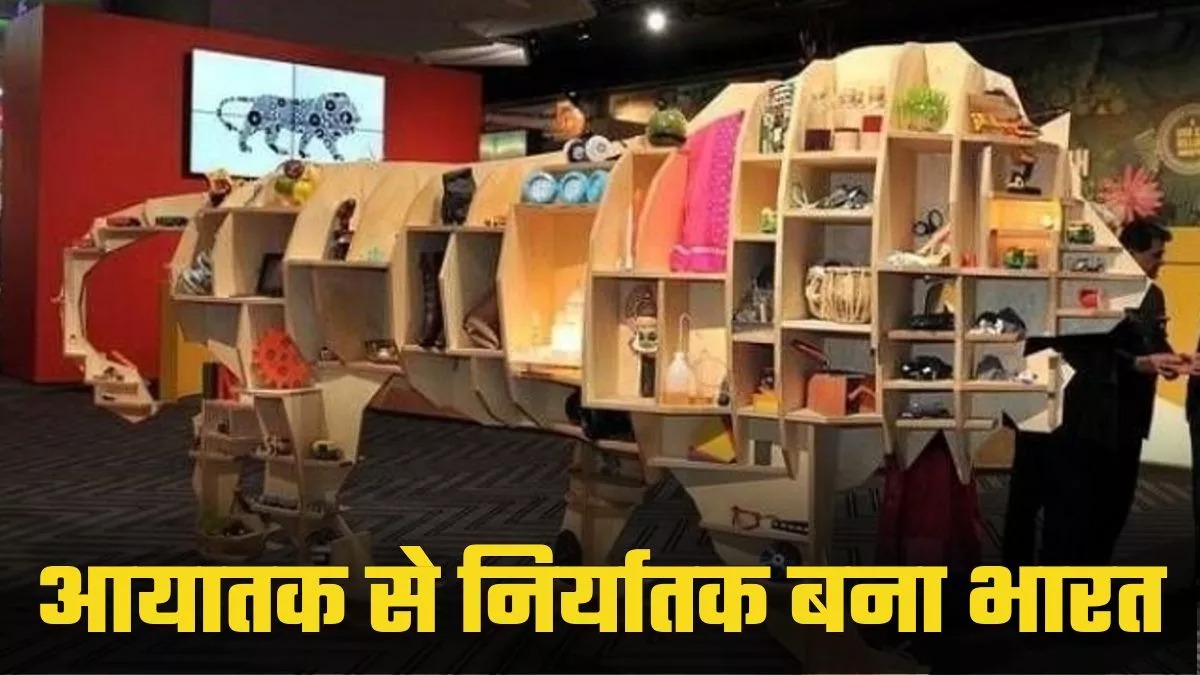
New Delhi: Ten years ago in 2014, the Make in India program was launched with four objectives like increasing manufacturing and investment along with innovation and skill development. It cannot be said that it grew as per expectations, the need for faster speed still remains. But the figures show that the path is being prepared.
According to the Department of Promotion of Industry and Internal Trade (DPIIT), the government nodal agency for the Make in India program, foreign direct investment (FDI) of $ 667.4 billion was made in the last 10 years (2014-24), which is 119 percent more than the previous ten years (2004-14). In the financial year 2021-22, for the first time, the export of goods crossed the figure of $ 400 billion.
Our dependence on imports in sectors like ceramics and toys ended and we became an exporter from an importer. The biggest impact of Make in India was seen in the defense sector. The country which was once dependent on imports for bulletproof jackets and the threads used in jackets has now become an exporter in the defense sector.
The Production Linked Incentive (PLI) scheme was introduced and the result was that India became a major manufacturer in sectors like automotive, electronics, pharma. Global companies like Apple, Foxconn started manufacturing in India while chip manufacturer American company Micron started setting up units in India.
Then Prime Minister Narendra Modi said in his blog that 10 years ago there were only two mobile manufacturing units in the country, the number of which has now increased to more than 200. 10 years ago mobile phone exports were only Rs 1556 crore, which has now increased to 1.2 lakh crore. This means that there has been an increase of 7500 percent in the export of mobile phones. Currently 99 percent of the mobile phones used in the country are manufactured in India. India has become the second largest country to manufacture mobile phones.
The Prime Minister said that in the last 10 years, the production of finished steel has increased by more than 50 percent and India has become a major exporter of finished steel. He said that investments worth Rs 1.5 lakh crore are being made in the semiconductor sector. Five semiconductor plants have been approved. The Make in India program was launched on 25 September 10 years ago.
DPIIT Secretary Amardeep Singh Bhatia said on this occasion that currently FDI worth 60-70 billion dollars is coming every year and in the coming times, there is a possibility of FDI worth 100 billion dollars coming every year. With the help of Make in India, the target is to take the share of manufacturing in the country's GDP to 25 percent in the next few years.
To take the Make in India program to the next stage, DPIIT is now trying to start industrial production in small cities. To reduce the cost of production, logistics facilities are being developed in collaboration with the states and the states are also making their own logistics policies. 10 industrial cities are being established where all types of facilities for manufacturing will already be available.
Read More: Tata Group company faces serious allegations in this country - demand for compensation worth crores
--Advertisement--

 Priya
Priya Share
Share



